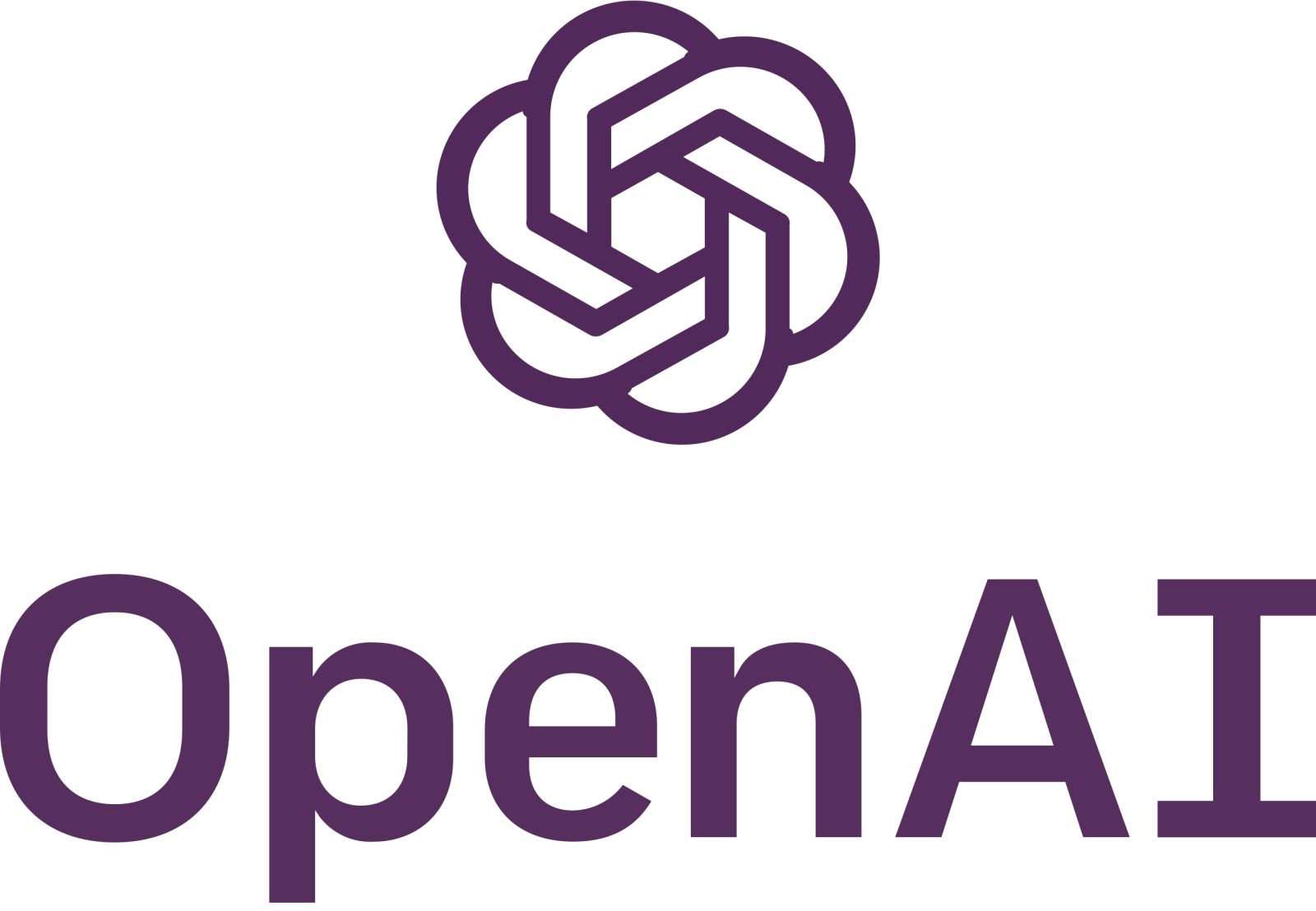Introduction
Sam Altman, GPT-6 will focus on memory and personalization: this approach aims to make ChatGPT more useful by remembering users' preferences, routines and conversational style.
Context
Following the launch of GPT-5, Altman said GPT-6 should arrive faster than the gap between GPT-4 and GPT-5. He provided no release date but described core priorities: adaptation, memory, and user-definable tone and personality.
Sam Altman: GPT-6 and personal memory
Quick definition: GPT-6 is intended to remember and adapt to individual users, enabling more contextual and personalized responses.
Altman called enhanced memory his favorite feature and emphasized people want products that understand them. He highlighted tools to let users craft chatbots that mirror personal tastes and to adjust tone and political stance.
"People want memory."
Sam Altman, CEO / OpenAI
The problem / Challenges
Memory introduces practical and safety challenges. Altman acknowledged issues during GPT-5's rollout, including perceived colder tone. Critically, current temporary memory is not encrypted, posing exposure risks for sensitive queries like legal or medical advice.
Main risks
- Data privacy due to unencrypted temporary memory
- Handling of sensitive professional advice without robust protections
- Balancing neutrality and user-driven ideological personalization
Solution / Proposed approach
Altman proposes default centrism with user controls to push tone toward extremes. OpenAI is working with psychologists to measure user well-being and reactions over time, and may publish aggregated findings.
Technical and design measures
- Tone and personality customization
- User-created personal chatbots reflecting tastes and habits
- Consideration of encrypting temporary memory
Privacy, sensitive use, and compliance
Altman stressed that medical and legal queries need adequate protections. He argued for the same safeguards given to professionals if AI provides comparable advice; encryption of memory is under consideration without a set timeline.
Related tech and future outlook
Beyond memory, Altman mentioned interest in neural interfaces, robots, new substrates and faster data center builds, imagining direct thought-to-response interfaces, though no operational details were offered.
Conclusion
Sam Altman frames GPT-6 as a move toward a more adaptive, personal ChatGPT centered on memory. While promising UX gains, the plan faces real privacy and safety challenges that OpenAI acknowledges and aims to address.
FAQ
- How does Sam Altman define memory for GPT-6?
He describes memory as the model's ability to remember user preferences, routines and quirks to adapt responses. - What will GPT-6 change for everyday ChatGPT use?
Users should be able to personalize tone and create chatbots that match their tastes, making interactions more useful. - What privacy issues did Altman highlight about GPT-6?
Temporary memory is not encrypted today, which can expose sensitive information; encryption is being considered. - Will GPT-6 follow neutrality requirements for government use?
Altman said the product should default to a center stance and allow users to push ideological tone as desired.
